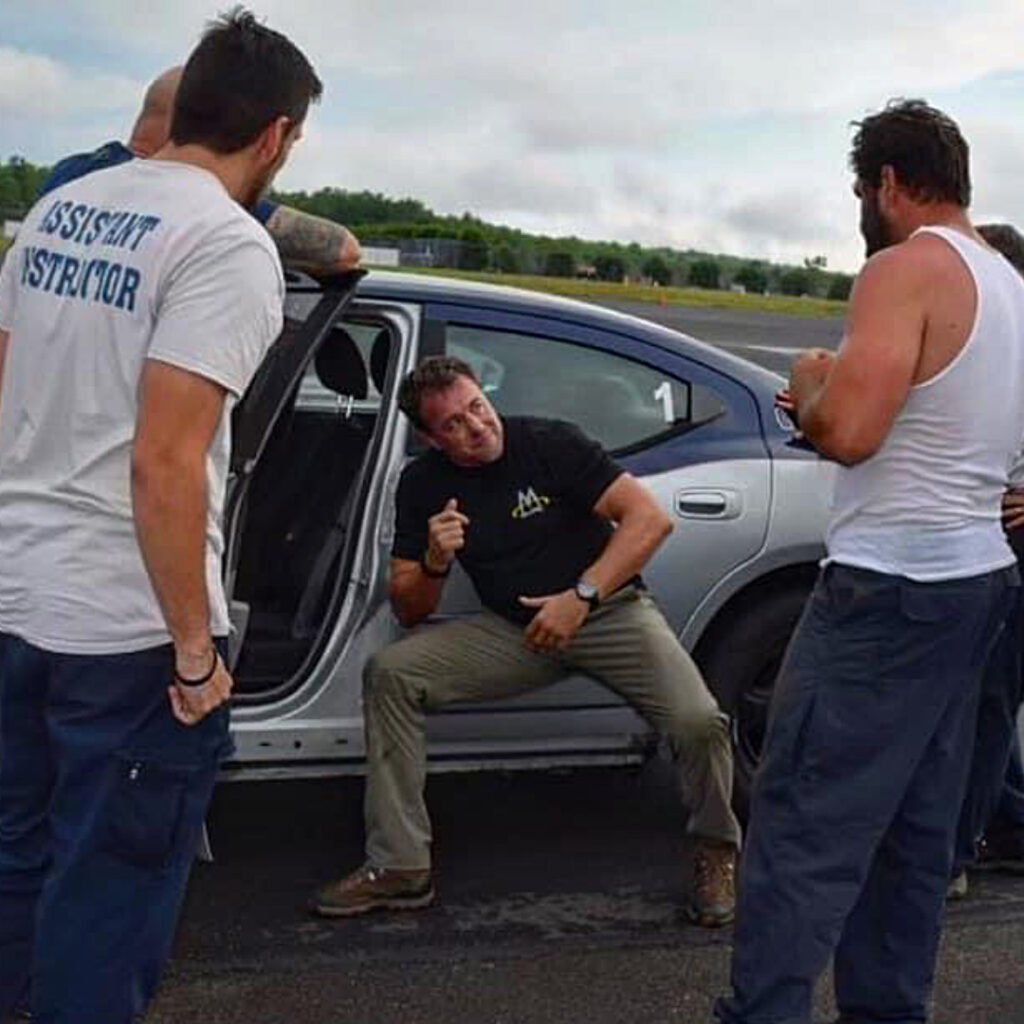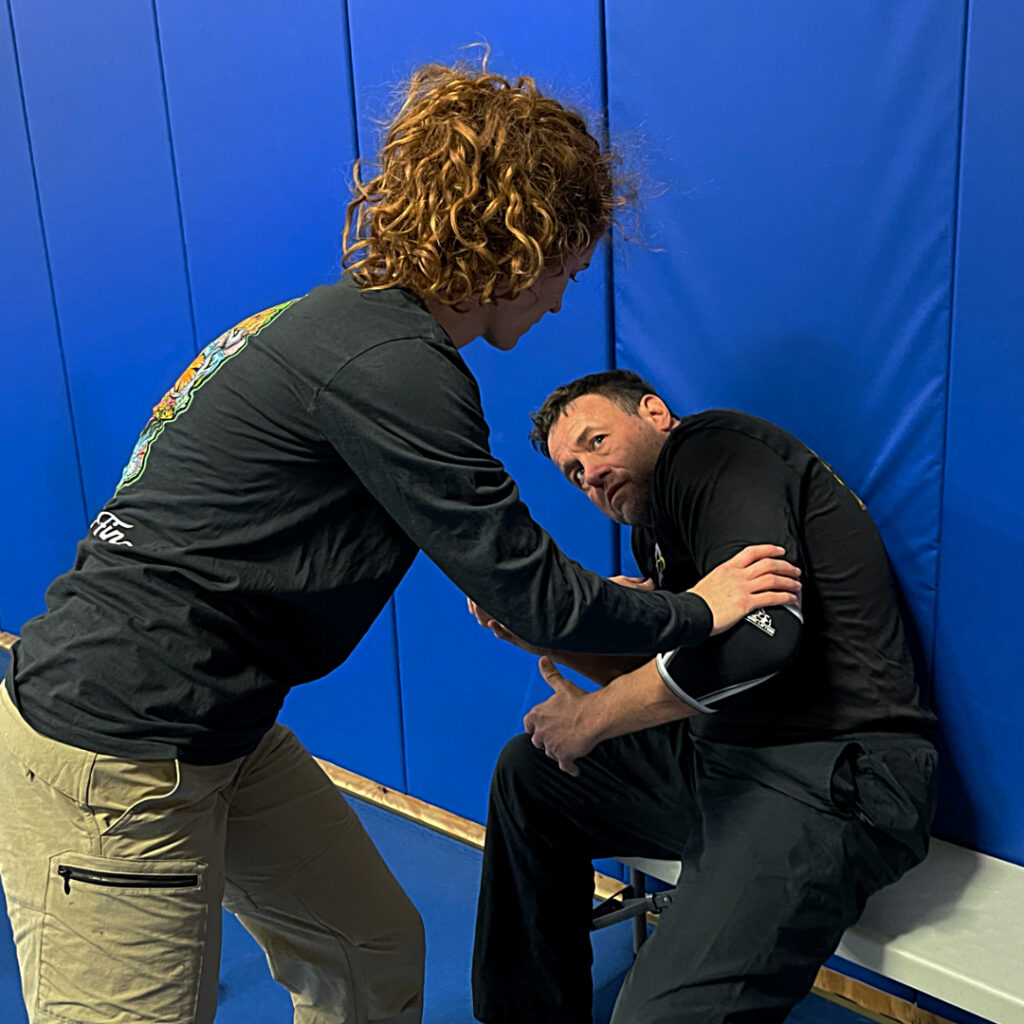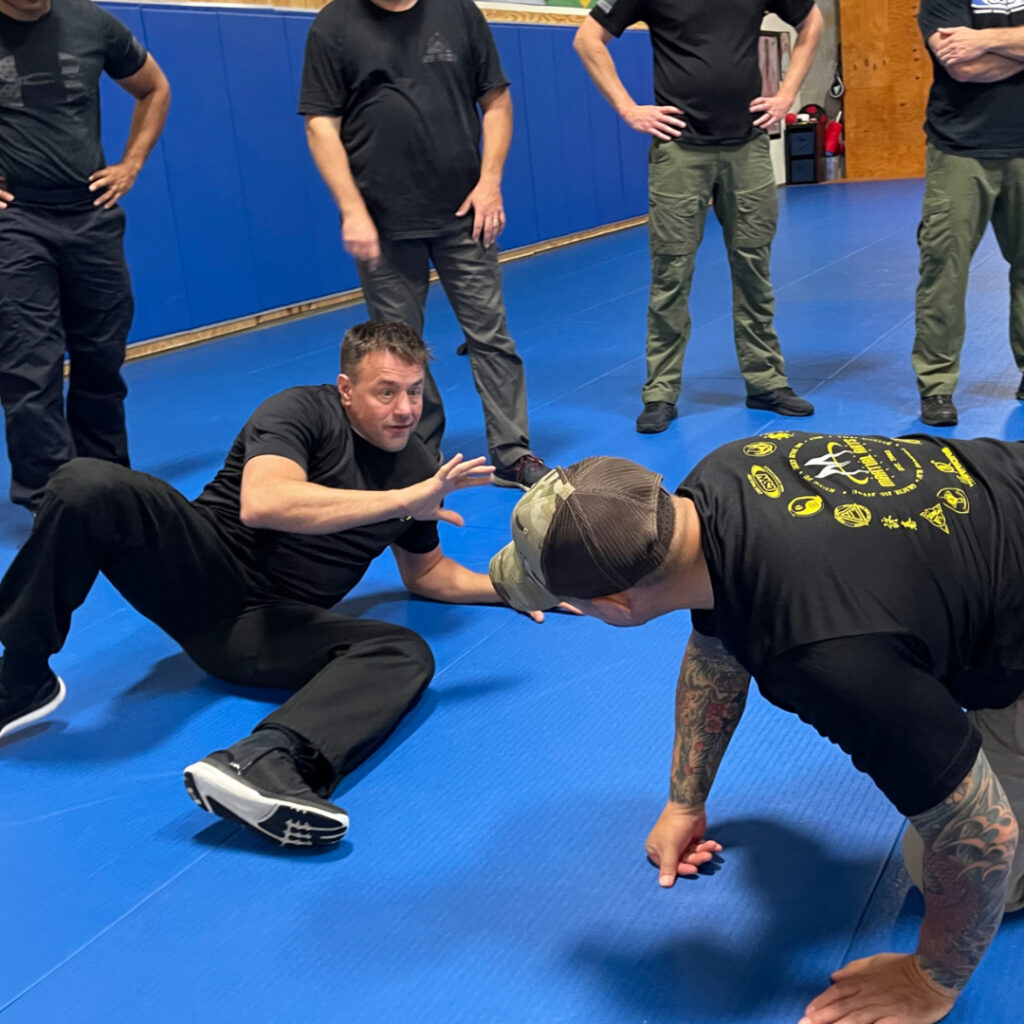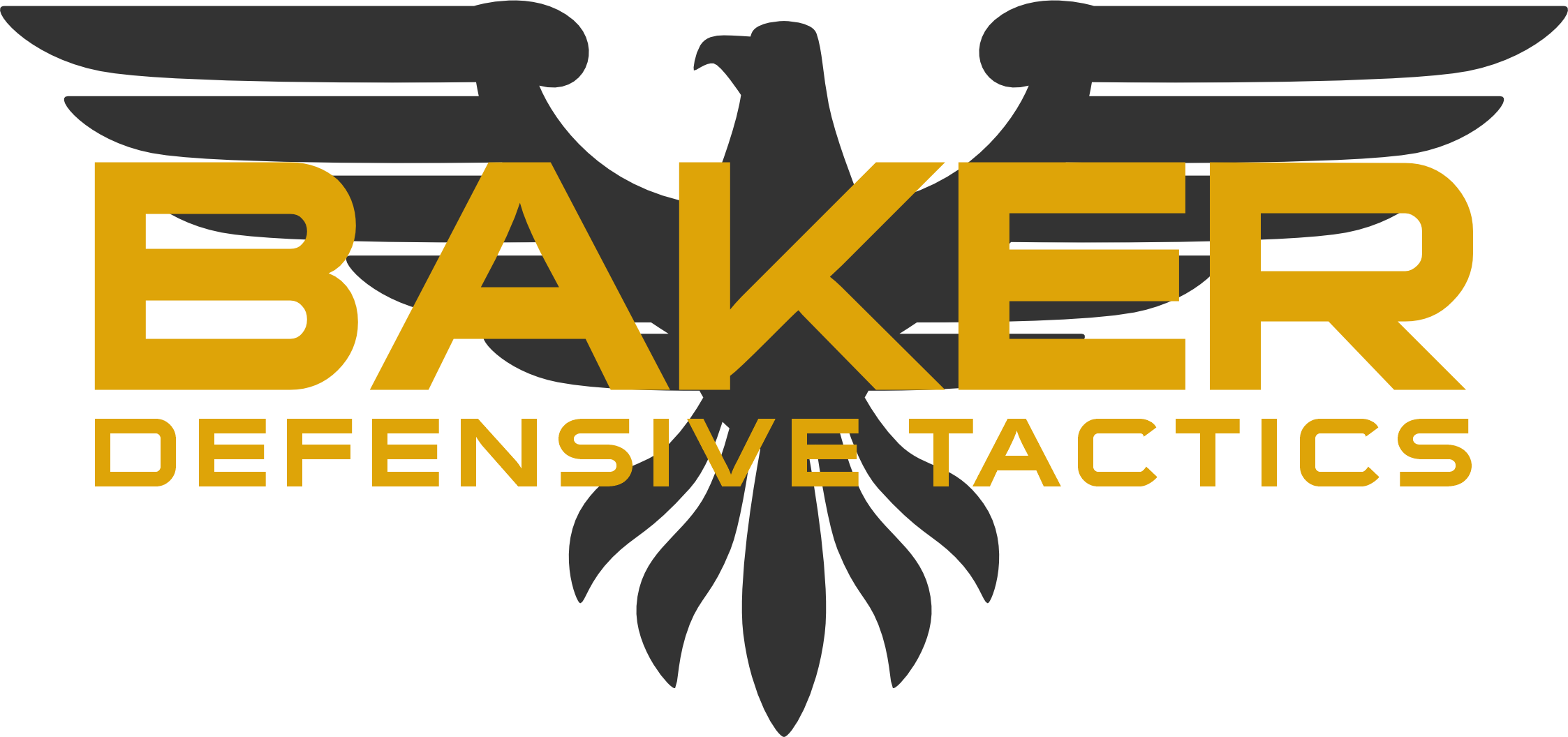Out Of Position Fighting
Most defensive tactics training will teach you certain positions you must put yourself into to produce destructive force for your opponent mechanically. An example is various stances or body positions that make it possible to create more vigorous punching and kicking. All of this works well if you can have mobility and assume these positions during a combative exchange. The problem is that any good fighter or potential threat will strive to put you out of position and into a situation of vulnerability. This goal is especially true if you are dealing with a threat that has tried to surveil you and create a plan to force you into these out-of-position situations.
One other thing that must be considered is timing. Timing is a universal principle that can be applied to almost anything. Timing can have a potent application in defensive tactics. This reality is one of the reasons why the ambush is such a good technique. It places your opponent behind time and makes it more difficult for them to recover, which can ensure your success. A good application of a technique is made ahead of time. And if you can place your opponent behind time, you have the advantage. This use of timing is also valid for your opponent. Not only does he strive to put you in the worst possible position, but he also wants to put you in a behind-time situation.
With this in mind, we can see how our potential opponent will seek to place us out of position and behind in time. An example of this is this, imagine if someone blocked your car in at a red light and they were trying to carjack you. During this engagement as they are trying to remove you from the vehicle. Imagine that they have grabbed you by the feet and dragged you out of the car. Typically, as you are being removed, you are in a position that could be considered an inadequate place to have a fight. These out-of-place situations are where Dog Boxing was invented.
Dog Boxing is what we refer to is out of position fighting. A dog boxer will look at all the potential worst-case scenario positions the human body can be placed into. They will then train all of their mechanics, mobility, and techniques out of each of these positions. Some examples of this would be pinned against the wall or pushed down on the ground and against the wall. Another example would be sitting at a table or in a booth at a restaurant, inside of or pined against a vehicle. Now imagine the element of being placed in all of these positions while you have on your everyday carry or your duty belt. All of these things are taken into consideration in this program. All of these scenarios and awkward position is where the Dog Boxing practitioner strives.

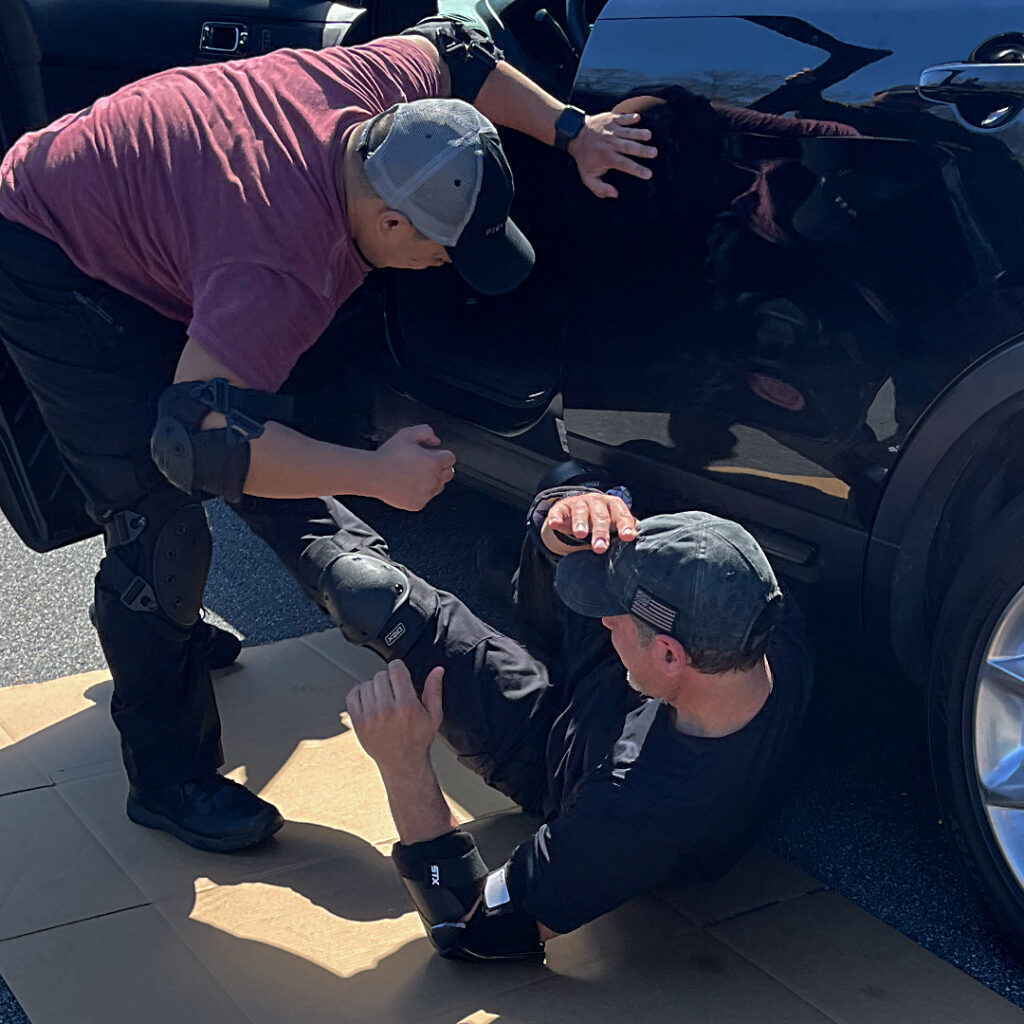
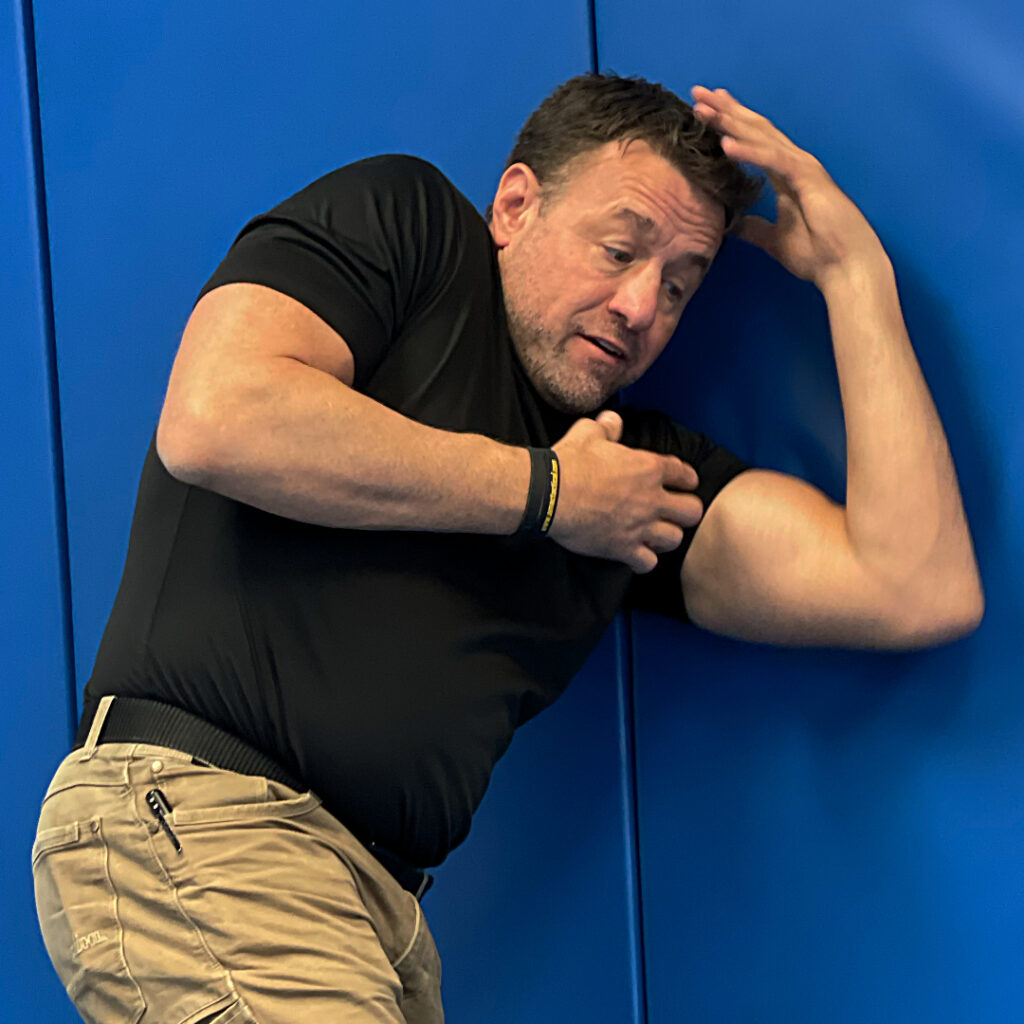
The Dog Boxing program is delivered in five phases:
PHASE 1
Introducing The Wall Of Violence. Vertical Surface Mechanics.
PHASE 2
Kneeling
PHASE 3
The Seated Position
PHASE 4
Ground – Application of the Basic Defensive Posture
PHASE 5
The Dog Walk / Four Point Base
Surface Engagement
Another area of focus in this program is to teach the practitioner the ability to engage different surfaces more intelligently. There should be more than just learning to do a break fall. One of the program’s objectives is to introduce a more active engagement of any surface that we may be close to when engaged in an encounter with an opponent. The ability to do this intelligently not only decreases your potential for injury but it will also increases the possibilities you have a counterattack on an opponent. For this reason, surface engagement is one of the fundamental building blocks of the Dog Boxing program.
